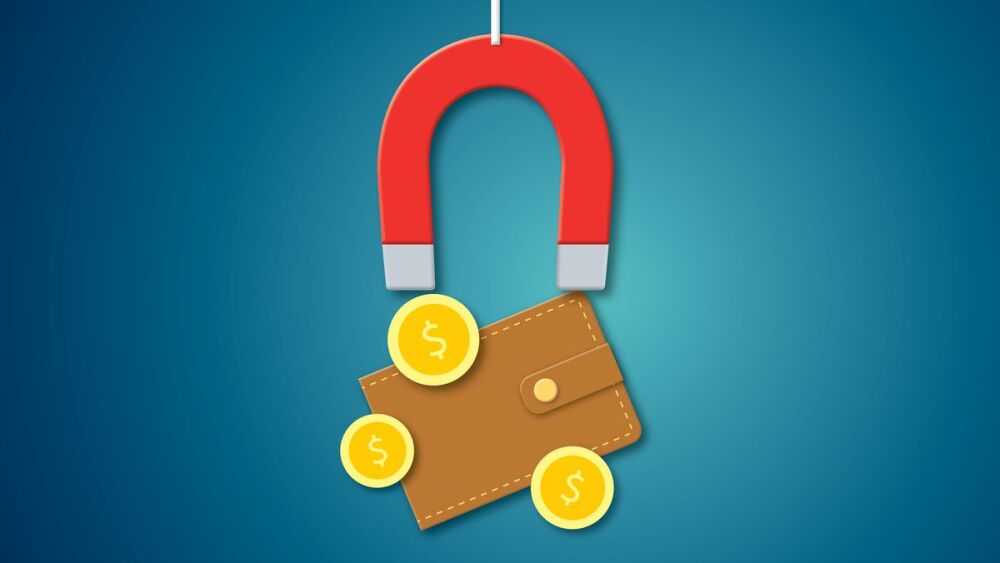Content provided by ZOLL Data Systems
“Self-pay accounts are leaving EMS agencies ‘hanging by their fingernails,’” says Maggie Adams, president of EMS Financial Services.
It’s no secret that self-pay (or patient-pay) accounts drain EMS billing resources, cost time and money, and lead to low reimbursement rates … or bad debt. But, as Adams points out, “It’s a balancing act [for EMS agencies]. It’s being timely and analytical, tempered with compassion [for patients].”
So, what can your agency do to prevent a trip from becoming a self-pay account? And how can you best manage the account if self-pay is unavoidable?
Drawing from her 25+ years’ experience billing for the healthcare and EMS industries, Adams breaks down the rules of the self-pay game and offers advice on how EMS agencies can win by improving their self-pay billing and collections practices to increase reimbursements and protect their business. Her proven advice includes:
- Prevent a trip from becoming self-pay. Because of the Affordable Care Act, more people have insurance than agencies may realize. Adams recommends using automated data tools to efficiently discover all insurance coverage and avoid patient-pay scenarios in the first place.
- Manage self-pay accounts throughout your revenue cycle. From billing software to deductible monitoring practices and technology, to quality account resolution tactics, there are effective ways to manage accounts once they’re classified as self-pay.
- Train your call center team on best practices. Arm your call intake staff with the knowledge and the tools to handle self-pay accounts. Teach them to gather the necessary information up front to correctly classify the account as self-pay — or to determine whether other coverage is in force or retroactively available.
- Get paid faster with help from technology. Adams says EMS agencies need to move “out of the dinosaur age” and give people better ways to pay. Using non-traditional billing frequencies, offering user-friendly payment options, for example, can make big improvements in reimbursement rates. “The rest of the world is doing text-to-pay,” she notes. “QR codes are all over the place. People understand these apps, so check your payment options.”
In a recent webinar, Adams emphasized that getting paid doesn’t make you the “bad guy.” EMS providers are compassionate people; they simply need better billing and collections practices in order to stay in the business of saving lives. She discussed her advice on self-pay accounts in great detail during the webinar, in addition to these topics to help EMS agencies improve their self-pay account processes:
- Bankruptcy management (when to pursue payment and when to let it go)
- Medicare’s “Reasonable Collection” requirements and 2022-2023 regulatory changes impacting patient debt
- Common impediments to collections and working with third-party collectors
- Best practices for making and receiving patient calls (including specific talking points and strategies for dealing with difficult personalities)
Watch the webinar, “Better Management of Self-pay Ambulance Accounts,” today to learn how to reduce and manage self-pay accounts. You’ll come away ready to transform your team into skilled problem solvers who can simultaneously provide quality care and implement effective strategies for minimizing impact and maximizing revenue from self-pay accounts.













